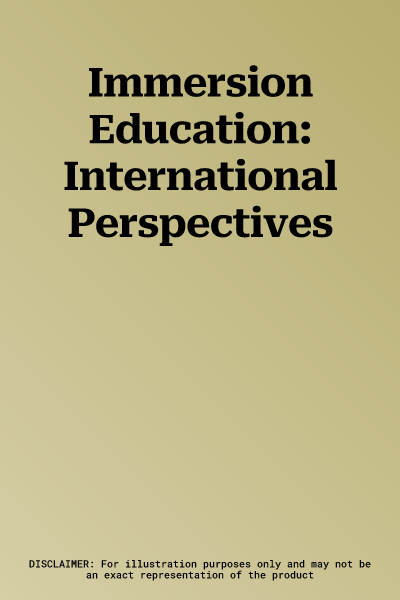Immersion Education: International PerspectivesHardcover, 13 July 1997

Temporarily out of stock
Free Delivery
Cash on Delivery
15 Days
Free Returns
Secure Checkout

Part of Series
Cambridge Applied Linguistics
Print Length
331 pages
Language
English
Publisher
Cambridge University Press
Date Published
13 Jul 1997
ISBN-10
0521583853
ISBN-13
9780521583855
Description
Product Details
Book Format:
Hardcover
Date Published:
13 July 1997
Dimensions:
23.7 x
16 x
2.31 cm
ISBN-10:
0521583853
ISBN-13:
9780521583855
Language:
English
Location:
New York
Pages:
331
Publisher:
Weight:
653.17 gm